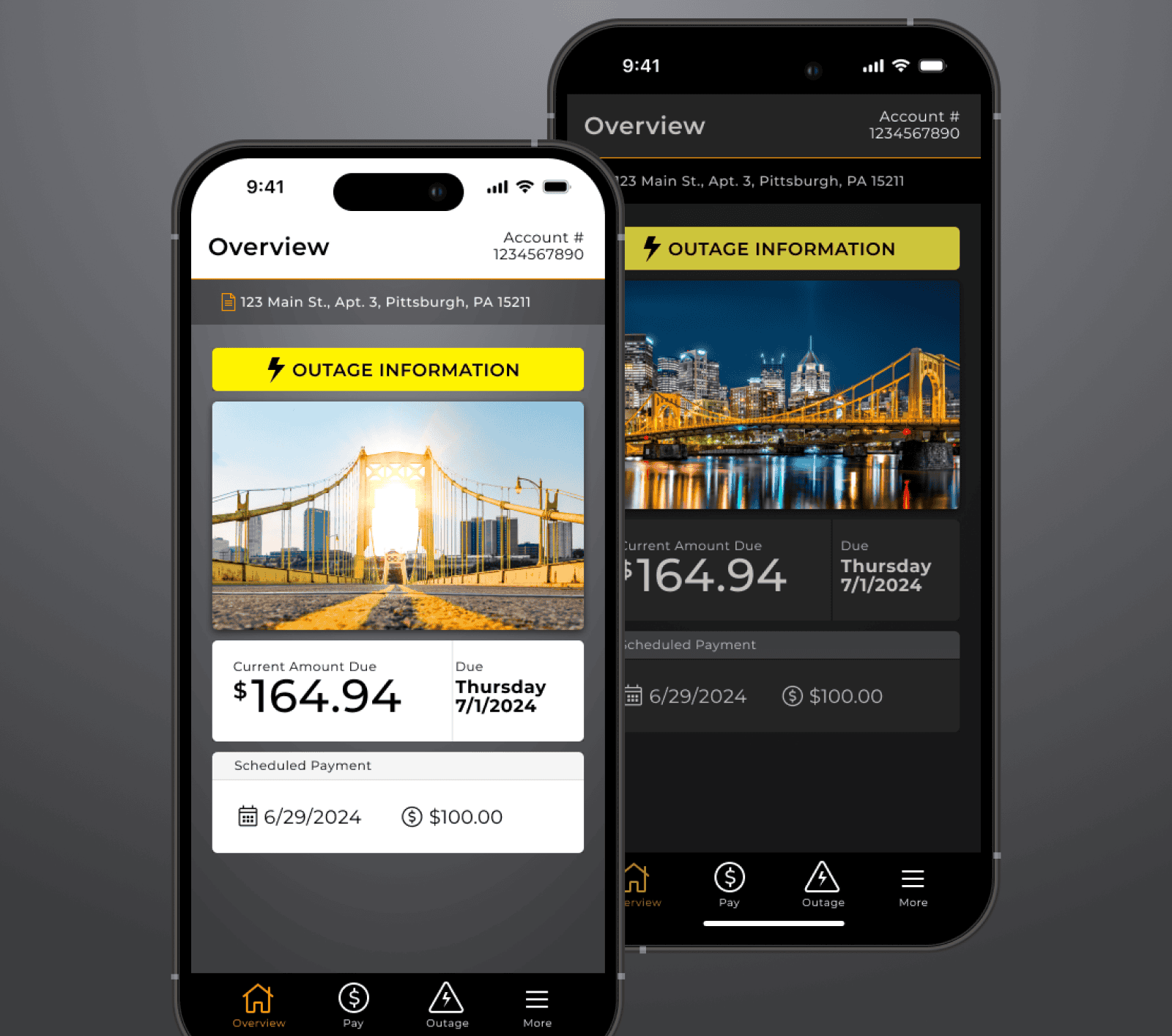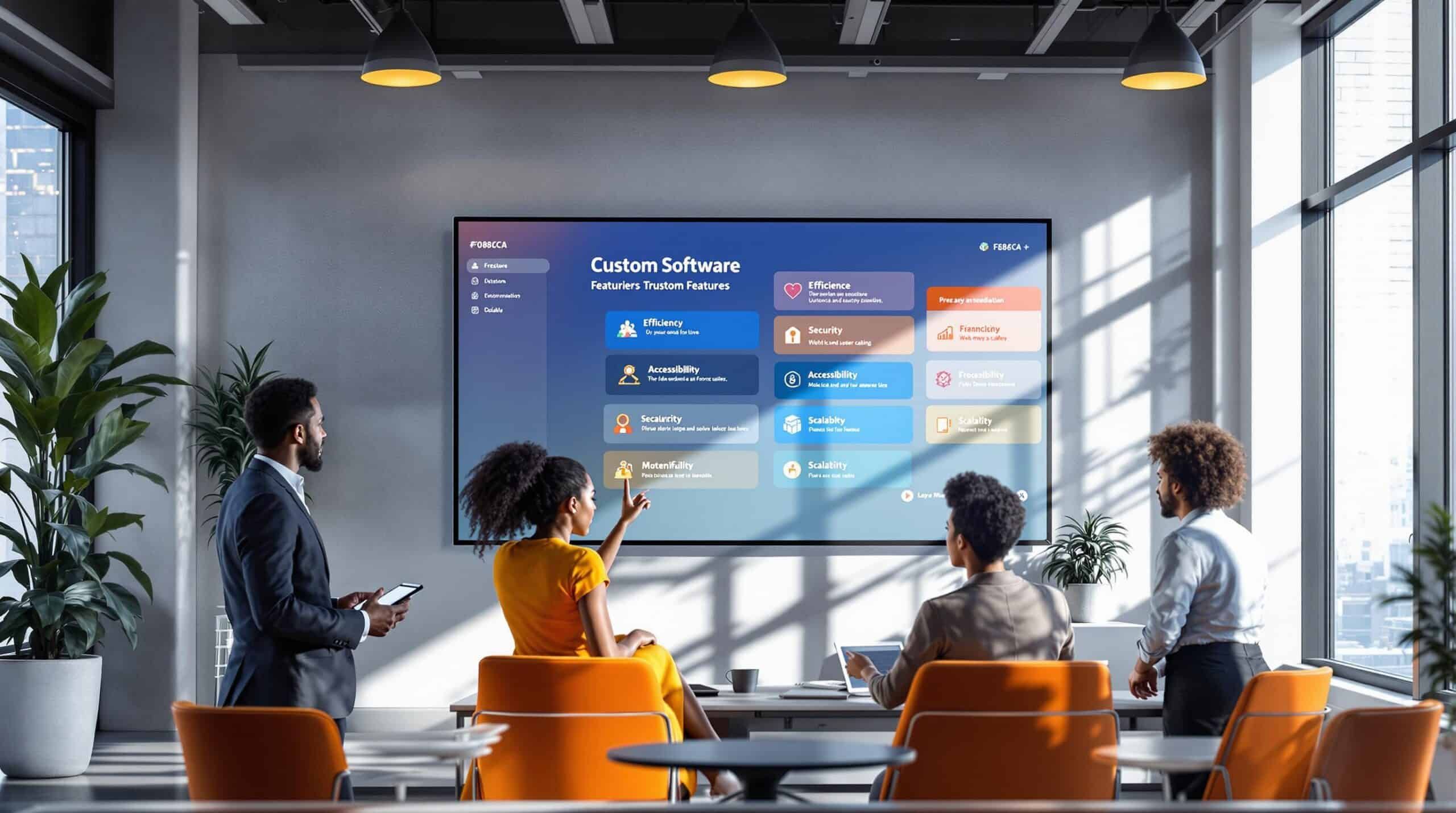Virtual Reality’s Role in Business
Uniquely Connecting Companies with Their Audiences Through Immersive and Custom Virtual Reality Solutions
Technology is advancing with every passing day. We have come to a point where several new inventions are significantly impacting our lives. When consumers adopt technology, the business sector takes notice and tries to employ that technology in efforts to reach their target audience in the most effective way. Forty years ago, it was easy to reach your audience via TV, radio or print, but today, people consume content in a variety of different ways. The concept of Virtual Reality (VR) was introduced some time ago, and it wasn’t until just recently that companies realized all the ways in which they are able to captivate their audiences using immersive technology.
Here are some approaches in which VR can help companies reach their target audiences in an impactful way.
1. Interactive marketing and product demonstrations:
Since the beginning of time, companies have been trying to attract the attention of their customers. Virtual Reality offers a fun and immersive way to reach and interact with potential clients. You will never have the attention of your audience like you do in a VR experience. People tend to become submersed in VR and are free from typical outside distractions. Using VR for product demonstrations offers customers an interactive way to experience a product’s ready-to-go features and capabilities in a memorable way. VR entices people to want to better understand your product and gets them talking about it with colleagues and friends.
2. Trainings:
Traditional training is expensive and the ability to retain information to memory presents challenges for many. By utilizing Virtual Reality for training, you’ll provide a memorable experience for your audience, and keep them engaged. The more engaged they are directly correlates with improved retention and increases the trainee’s success in actively using what they’ve learned. For companies involved with hazardous materials or in industries where safety is paramount, Virtually Reality can serve as conduit to allow individuals to experience a wide range of extreme environments or situations that would otherwise be impossible given the potential for harm in a real-world setting.
3. Virtual tours:
Many companies have impressive facilities or corporate headquarters they’d like to show off. However, there are obstacles that have prevented tours, including the cost of travel and compressed schedules. Now, companies are finding ways to use Virtual Reality to boast their facility or offices in an immersive way. Their clients can virtually experience being in the office without the troubles of costs and logistics that come with traveling.
4. Virtual meetings:
Virtual Reality’s potential extends to meetings and other ways in which groups of individuals collaborate with one another. Take into consideration a client in a remote location that wants that personal relationship-based partnership with you. In the realm of what is possible with VR, a simulated environment could be created and multi-users would have the opportunity to interact with each other not only through verbal communication but through gestures and other non-verbal cues. Thus, creating that sense of intimacy that builds rapport and trust.
There are countless benefits of investing in Virtual Reality within the business sector. To learn more about solutions for your business needs, contact one of our VR team members for a free consultation. vrdemo@openarc.net





